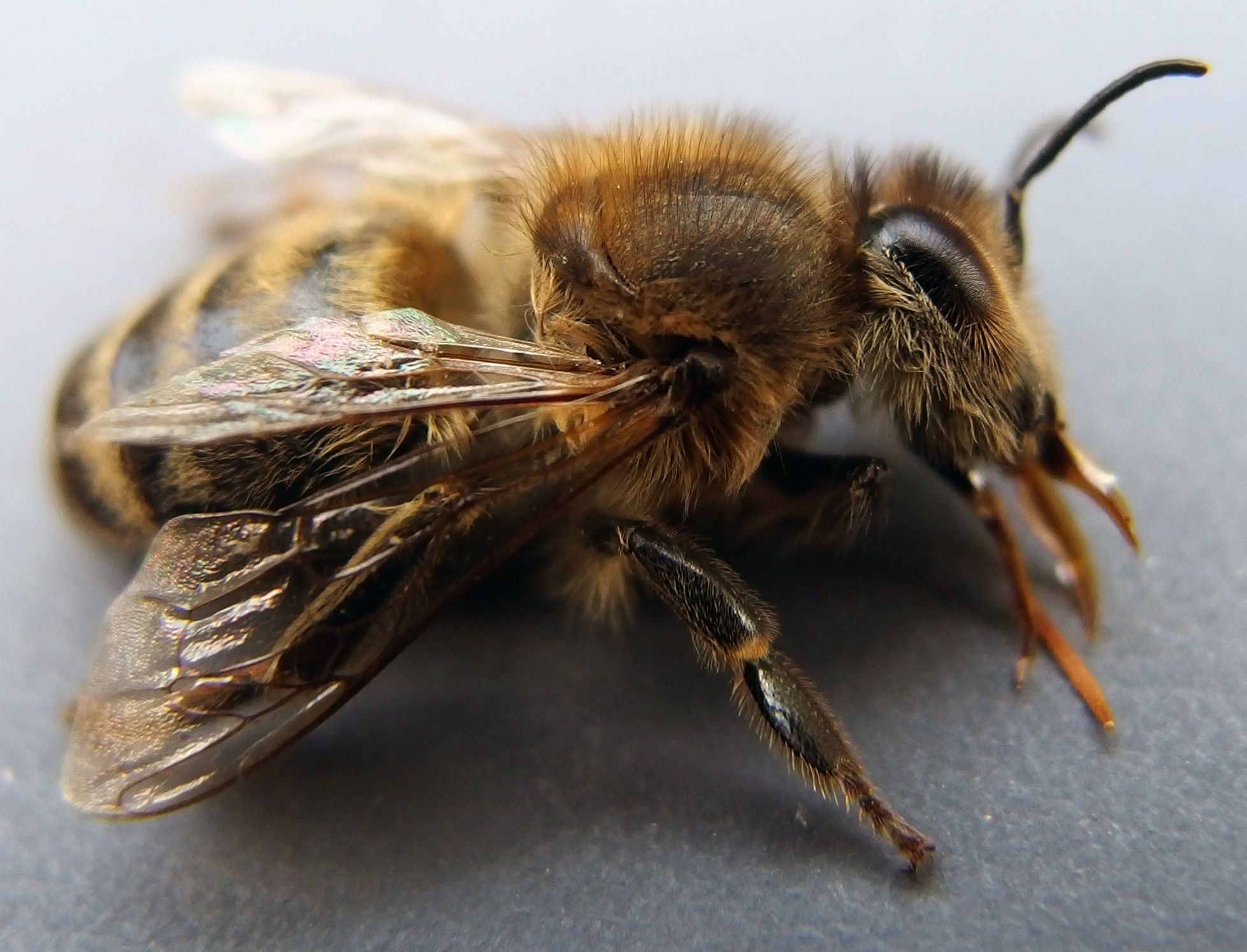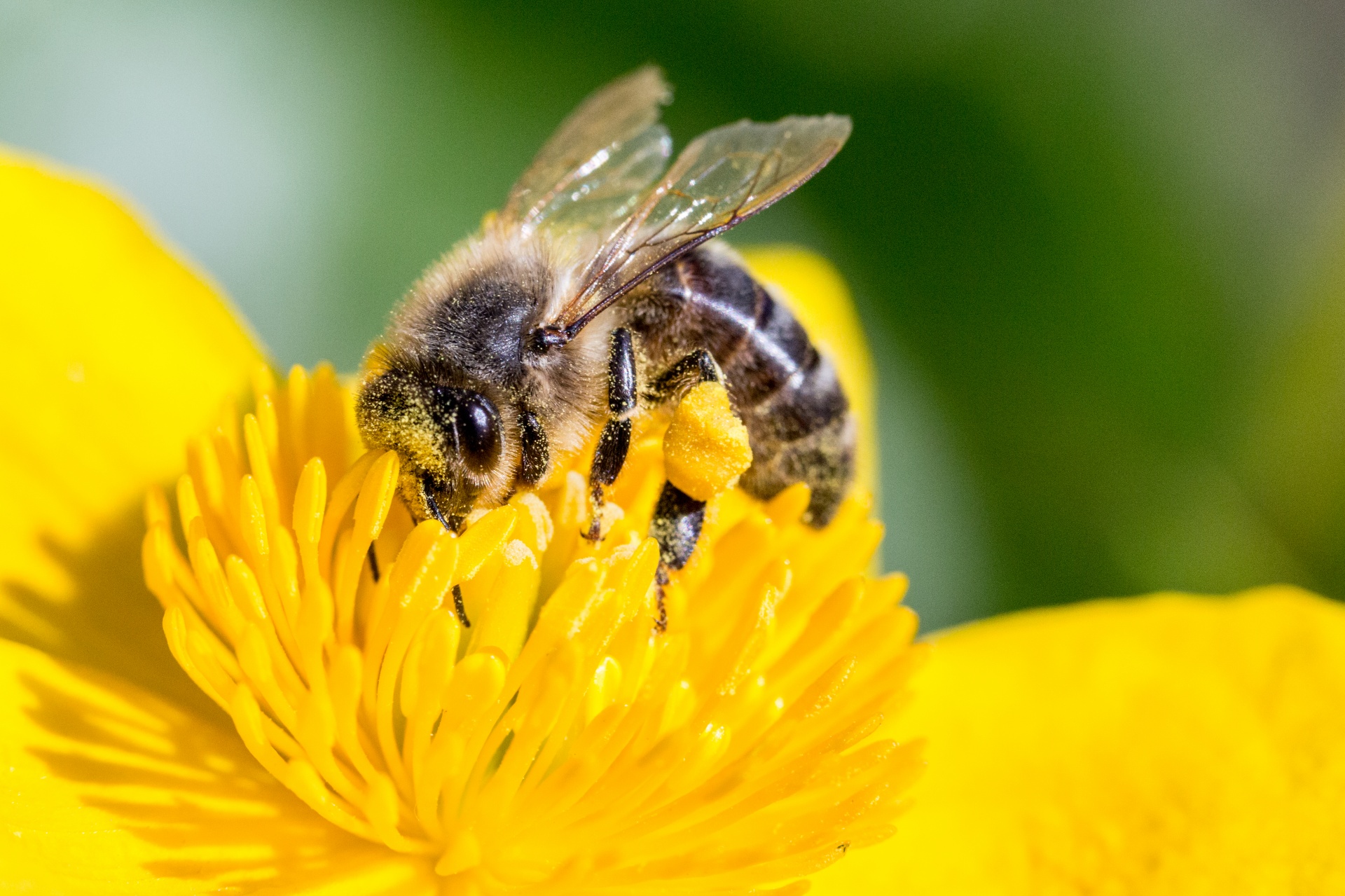Are we right to recoil in fear, or should we stand in awe of these buzzing dynamos, considering their pivotal function in Earth's delicate ecological tapestry? The bee, so often misunderstood and feared, is, without question, an indispensable architect of our ecosystems, and the very sustenance of our food supply is inextricably interwoven with its fate.
The bee world unfolds as a mesmerizing domain of multifaceted diversity, intrinsic complexity, and undeniable importance. These airborne emissaries, frequently dismissed as mere nuisances or potential threats, stand as some of the most industrious and ecologically consequential beings gracing our planet. From their origins in the Cretaceous period to their omnipresence in the present day, bees have tenaciously evolved, ingeniously adapted, and played an irreplaceably integral role in the pollination of flowering plants a fundamental process not only for maintaining the health of wild ecosystems but also for supporting the agricultural endeavors upon which the global food supply relies. Their lineage stretches back over 100 million years, a profound testament to their remarkable resilience and unwavering adaptability.
| Feature | Details |
|---|---|
| Classification | Kingdom: Animalia, Phylum: Arthropoda, Class: Insecta, Order: Hymenoptera, Superfamily: Apoidea |
| Diversity | Approximately 20,000 known bee species worldwide. |
| Key Roles | Pollination of flowering plants, production of honey and beeswax. |
| Sociality | Varies from solitary to eusocial (highly social) with complex colony structures. |
| Origin | Evolved from wasp ancestors. Evidence suggests their origin dates back to the Cretaceous period. |
| Ecological Importance | Crucial for plant reproduction, supporting biodiversity and ecosystem health. |
| Threats | Habitat loss, pesticide use, climate change, and diseases (Colony Collapse Disorder - CCD). |
| Honey Production | Primarily associated with honeybees (Apis species), including Apis mellifera (western honey bee). |
| Beeswax Production | Produced by worker bees, used for building honeycombs and other hive structures. |
| Life Cycle | Complete metamorphosis: egg, larva, pupa, adult. |
| Conservation | Efforts focused on habitat preservation, reducing pesticide use, and promoting bee-friendly practices. |
| Notable Characteristics |
|
| Species Examples |
|
| Garden for Wildlife | A conservation initiative for attracting and helping bees in a garden environment. |
| Reference Website | The Xerces Society for Invertebrate Conservation |
Bees, in their staggering abundance and variety, defy any simplistic categorization. The very term "bee" encompasses an extraordinary spectrum of species, each possessing its own unique constellation of characteristics and playing a distinct ecological role. Approximately 20,000 known species are scattered across the globe, a testament to the sheer biodiversity thriving within this insect group. From the familiar honeybee, a staple of our collective consciousness, to the more obscure solitary bees, each contributes a vibrant thread to the intricate tapestry that constitutes our planet's ecosystems. These creatures are not merely incidental; they are the linchpins holding together the delicate balance of nature.
- Is Skymovieshd Safe Risks Amp Alternatives To Free Movie Downloads
- Free Movie Downloads Legally Watch Movies Online For Free
The bee, a marvel of natural engineering, presents a compelling subject for in-depth examination. Their impact on the environment and the economy is immense, warranting a closer look at their biology, behavior, and the threats they currently face. To further enrich your understanding, let's delve into the structured overview of bee characteristics and roles.
| Aspect | Details |
|---|---|
| Name | Bee (General) |
| Scientific Name (Superfamily) | Apoidea |
| Description | Flying insects closely related to wasps and ants, known for their role in pollination and, in some species, for producing honey and beeswax. |
| Habitat | Worldwide, in various environments where flowering plants exist. |
| Lifespan | Varies by species; honeybees: worker bees live for a few weeks to several months, queen bees can live for several years. |
| Diet | Nectar and pollen from flowers. |
| Conservation Status | Many species are declining due to habitat loss, pesticide use, and climate change. |
| Contributions | Pollination of crops and wild plants, honey production, beeswax production, contribution to biodiversity. |
| Threats | Habitat destruction, pesticide use, climate change, diseases (e.g., Colony Collapse Disorder), invasive species. |
| Organizations involved in conservation |
|
| Interesting Facts |
|
| Reference Website | USDA Forest Service - Pollinators: Bees |
Among these myriad species, the honeybee (Apis mellifera), often referred to as the western honeybee, stands out as a particularly prominent and ecologically significant member of the bee family. Celebrated for its remarkable honey production and its sophisticated social structure, the honeybee is a keystone pollinator, playing a vital role in the fertilization of countless crops and wild plants. These eusocial insects live in highly organized colonies, each a microcosm of cooperation and efficiency. At the heart of the colony lies the queen, the reproductive engine responsible for laying the eggs that ensure the continuation of the hive. Drones, the male bees, exist solely to mate with the queen, their purpose narrowly defined but essential to the reproductive cycle. The worker bees, all female, constitute the tireless workforce of the hive, undertaking a diverse range of tasks, from diligently foraging for food to meticulously constructing honeycombs and fiercely defending the colony against external threats. These worker bees, the individuals most commonly encountered by humans, represent the tireless dedication and critical pollination efforts that underpin both the survival of the hive and the health of the broader ecosystem.
Another essential group in the bee world is the bumblebees (Bombus spp.), also social insects, though their colonies tend to be smaller than those of honeybees. Bumblebees are crucial for pollinating crops, particularly those with deep flowers, thanks to their long tongues. These fuzzy-bodied bees are easily recognizable and play a vital role in agricultural ecosystems.
- Hdhub4u Free Movies Or Risky Business A Deep Dive
- Dafne Keen From Logan To Acolyte A Rising Stars Story
Beyond the well-known social bees lies a vast, often overlooked, world of solitary bees, including mason bees (Osmia spp.) and mining bees (Andrena spp.). Unlike their social counterparts, these bees live independently, constructing individual nests and foraging alone. Despite their solitary nature, they are incredibly efficient pollinators, essential for the reproduction of many plant species. The Blue Orchard Bee (Osmia lignaria) exemplifies this group, gaining popularity among farmers for its effectiveness in pollinating fruit trees. Detailed information on this important bee species and its role in sustainable agriculture can be found on the USDA website dedicated to blue orchard bees.
The evolutionary link between bees and wasps is an intriguing aspect of their natural history. Bees evolved from wasp ancestors, with these ancestral wasps gradually adapting to feed on pollen. This shift led to the development of specialized structures and behaviors that define bees today. This shared ancestry highlights the biological similarities and evolutionary connections between these two insect groups.
Bees are remarkable fliers, capable of reaching speeds of approximately 25 kilometers per hour, their wings beating at an astonishing rate of 200 times per second. Honeybees, in particular, possess an exceptional sense of smell, equipped with around 170 odorant receptors. This acute olfactory ability allows them to detect subtle floral scents and navigate to food sources with remarkable precision.
The relationship between bees and the environment is deeply interconnected. As primary pollinators, bees facilitate plant reproduction by transferring pollen between flowers, including numerous food crops essential to human sustenance. While other animals, such as birds, rodents, monkeys, and even humans, contribute to pollination, the efficiency and prevalence of bees in this process make them indispensable to both agricultural productivity and the overall health of natural ecosystems.
The decline in bee populations, known as Colony Collapse Disorder (CCD), is a significant concern. Scientists are actively researching the causes of this phenomenon, which has impacted bee colonies worldwide. Factors contributing to CCD include habitat loss, pesticide use, climate change, and diseases. The National Mission for Enhanced Energy Efficiency (NMEEE), launched by the Government of India in June 2008 as part of the National Action Plan on Climate Change (NAPCC), aims to improve energy efficiency in intensive industries, which could indirectly benefit pollinator habitats if implemented carefully. These threats highlight the urgent need for conservation efforts to protect bees and ensure their continued survival.
Distinguishing between bees and wasps is crucial. Bees are typically characterized by their fuzzy bodies, specialized pollen-collecting structures, and their primary role as pollinators. Wasps, on the other hand, tend to be more slender and often exhibit a predatory lifestyle. While some wasps may also pollinate, bees have evolved specifically for this purpose.
Honey, a valuable and sweet substance, is the product of honeybees. In its lifetime, a bee will produce only about one-half teaspoon of honey, storing nectar in honeycombs as an energy source. The honeybee (Apis mellifera) plays a crucial role in pollinating diverse flowers and crops. Remarkably, honeybees communicate information about the location, distance, size, and quality of food sources through intricate dancing movements within the hive, enabling collaborative foraging and efficient resource utilization.
Beeswax, another valuable product derived from bees, is produced by worker bees and used to construct honeycombs within the hive. Honeybees have been producing honey for over 100 million years, a testament to their longevity and importance in the natural world.
Efforts to attract and aid bees in gardens are highly encouraged. Initiatives like Garden for Wildlife promote bee-friendly practices, including planting diverse flowering plants, providing water sources, and avoiding pesticide use, thereby supporting environmental health.
The world of bees holds limitless possibilities. More than mere insects, bees are essential contributors to the health of our planet and the well-being of our communities. From their diverse species to their critical ecological roles and the threats they face, understanding bees is vital for their conservation. By fostering a greater appreciation for these fascinating creatures, we can ensure a healthier environment for future generations.
- Movierulz Unveiled Is Free Movie Streaming Still King Today
- Unveiling Stray Kids From Survival Show To Kpop Superstars


